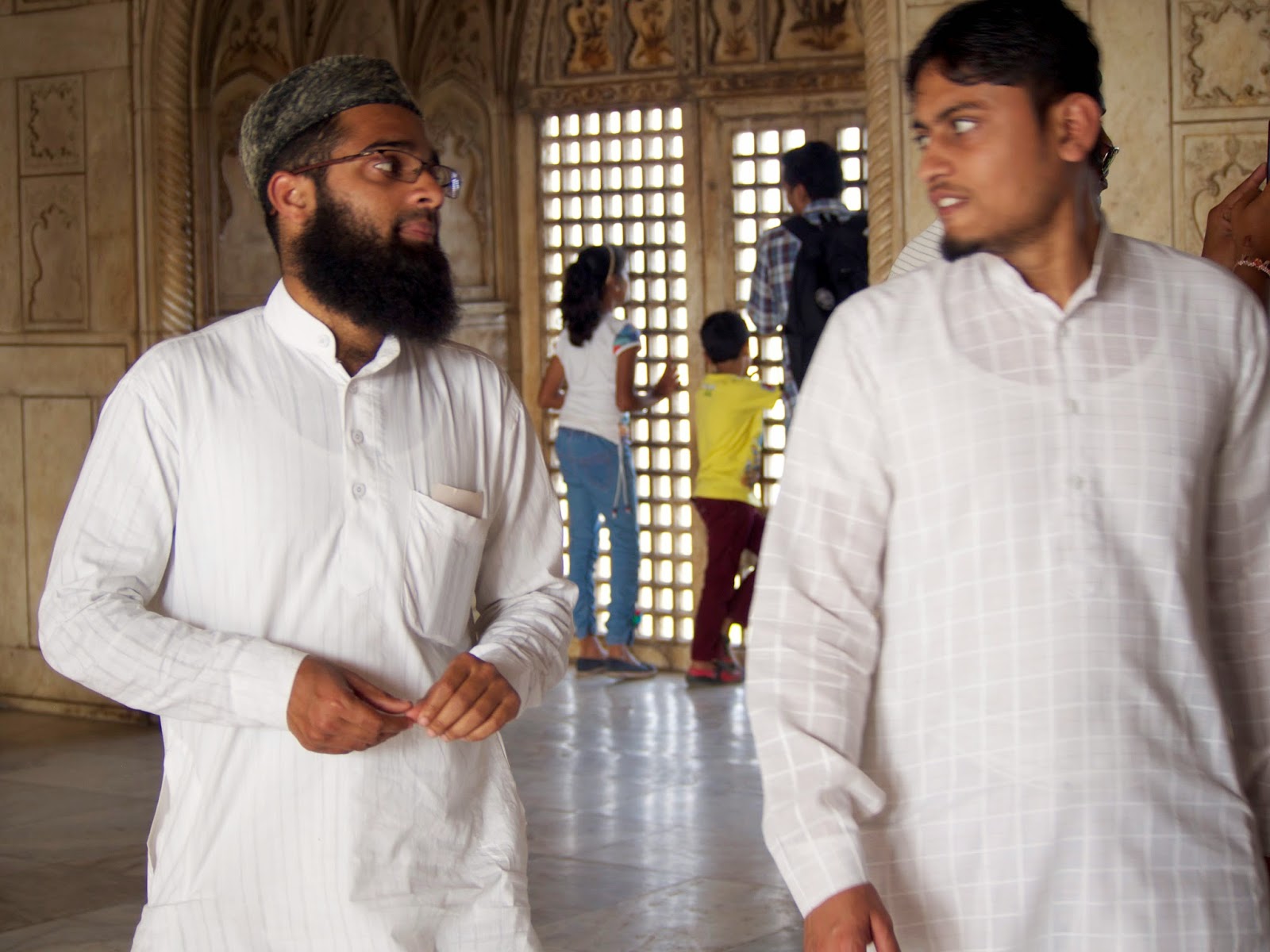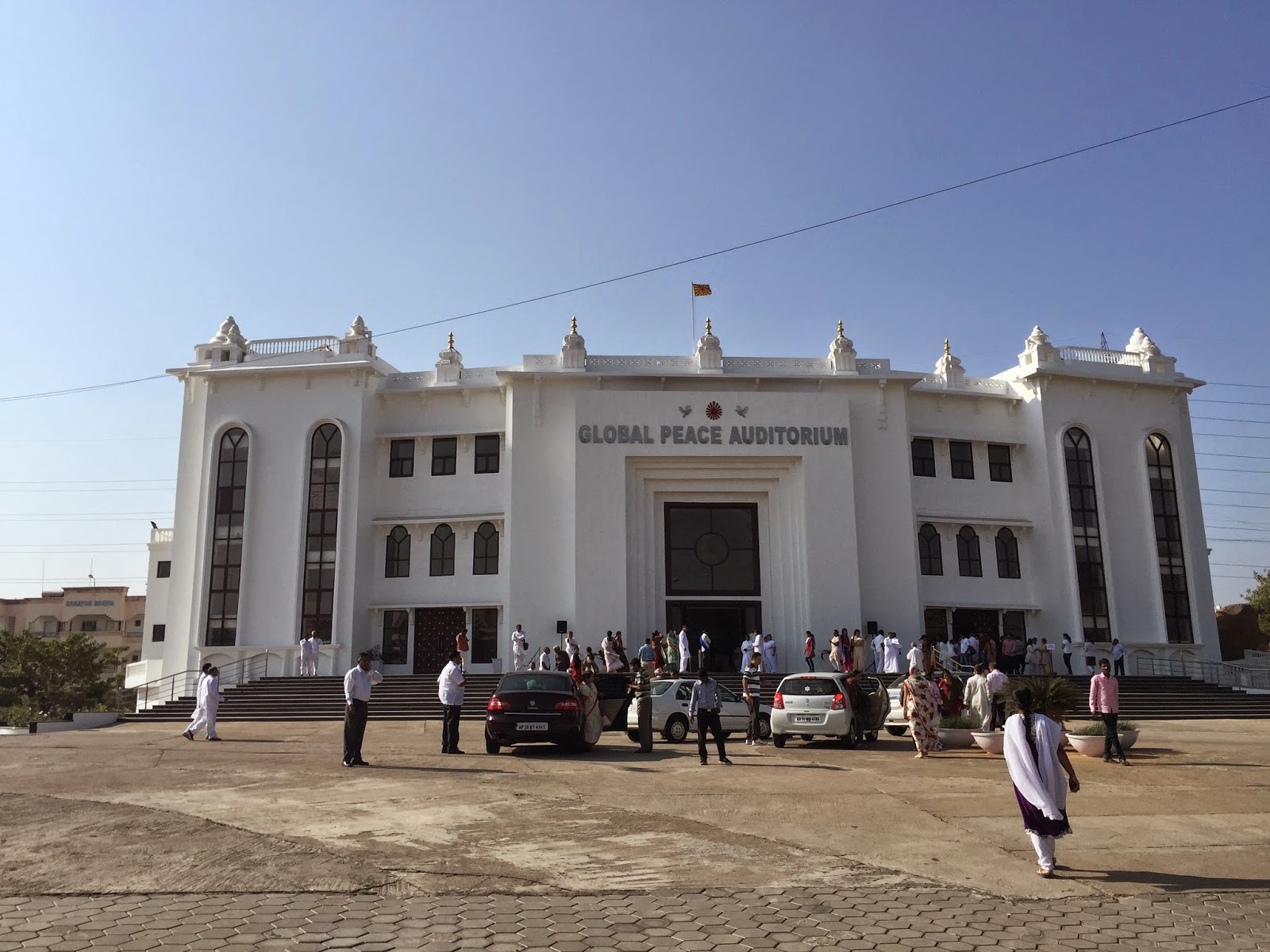If I'd bothered to read my
Lonely Planet a little more closely, or actually taken a class in Indian history, I might have known that the caste system is alive today. But since I mistakenly thought caste had been outlawed and know just about nothing, this is probably the first of many posts about the impact of the traditional caste system in India.
Although my professor told me at our first meeting that I would need to take a class to understand the social makeup of Indian society to conduct the research for my project, the notion of caste as a defining factor in people's lives today didn't strike me--that is until a university student told me that when he and his girlfriend fell in love, they could not marry because she was a Brahmin and he was not. It seems her father had listened to him politely and then said, "My daughter will never marry anyone who is not a Brahmin." That was the end of the relationship.
So what is a Brahmin?
In ancient times it is believed that Indian society was divided into four castes that sprang from the body of Brahma: Brahmins from the head (priests, intellectuals), Kshatrias from the shoulders (soldiers, rulers), Vaishyas from the thighs (agricultural workers and merchants), and Shudras from the feet (servants for the other three classes).
Excluded from the varna system altogether were Dalits (untouchables) who were not to be seen nor to see or hear any learning nor prayer because they would pollute it.
It's easy to parallel this system with the feudal system of Medieval Europe. In India, though, at some point, evidently, this system became a rigid hierarchical system used to govern. Some say that the British used this during their colonization to divide the Indian people and rule them.
Like many Americans I learned that discrimination against lower castes had been banned by the Indian constitution adopted in 1949. I interpreted that to mean that the system itself had been abolished. Not so. In 2007 India's Supreme Court ruled that social organization based on caste is inherited and cannot be changed. In my Social Stratification course, the professor stated that caste is a closed primordial identity.
If I were to translate this to contemporary American society, I might say that it would mean, I am an ethnically Irish woman. That is irrefutable; it is part of my identity. The Indian Constitutional Article 15 would simply state that I am not to be discriminated against because of this. It does not say that I am not ethnically Irish and female. The analogy, of course, is oversimplified because caste is also closely bound to occupation and social status whereas the historical restrictions of my status have not been a feature of bureaucratic government administration in the US.
Of course, it is a topic of much discussion and social unrest. Many Dalits have risen to positions of influence such as principal architect of the Indian Constitution B.R. Ambedkar and many others.
Government regulations are in place in India to reserve positions in universities and civic careers for the Dalit caste. These programs function somewhat like Affirmative Action in the US but are much more prescriptive.
So in this little post, I have discussed only the Indian/Hindu system of caste, and have not begun to touch upon religion, be it Buddhist, Christian, Muslim, or Zoroastrianism or tribal people of the subcontinent.
I wonder if you think we have a sort of caste system in the US? How fluid are our social classes? What role has affirmative action played in equalizing opportunity for historically disadvantaged groups to gain equality.
Feed me back:)

















































